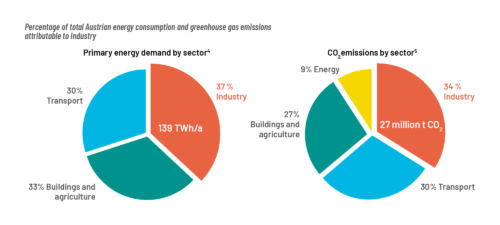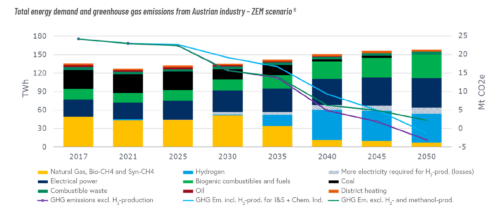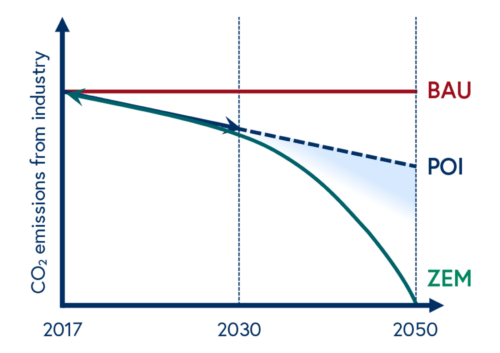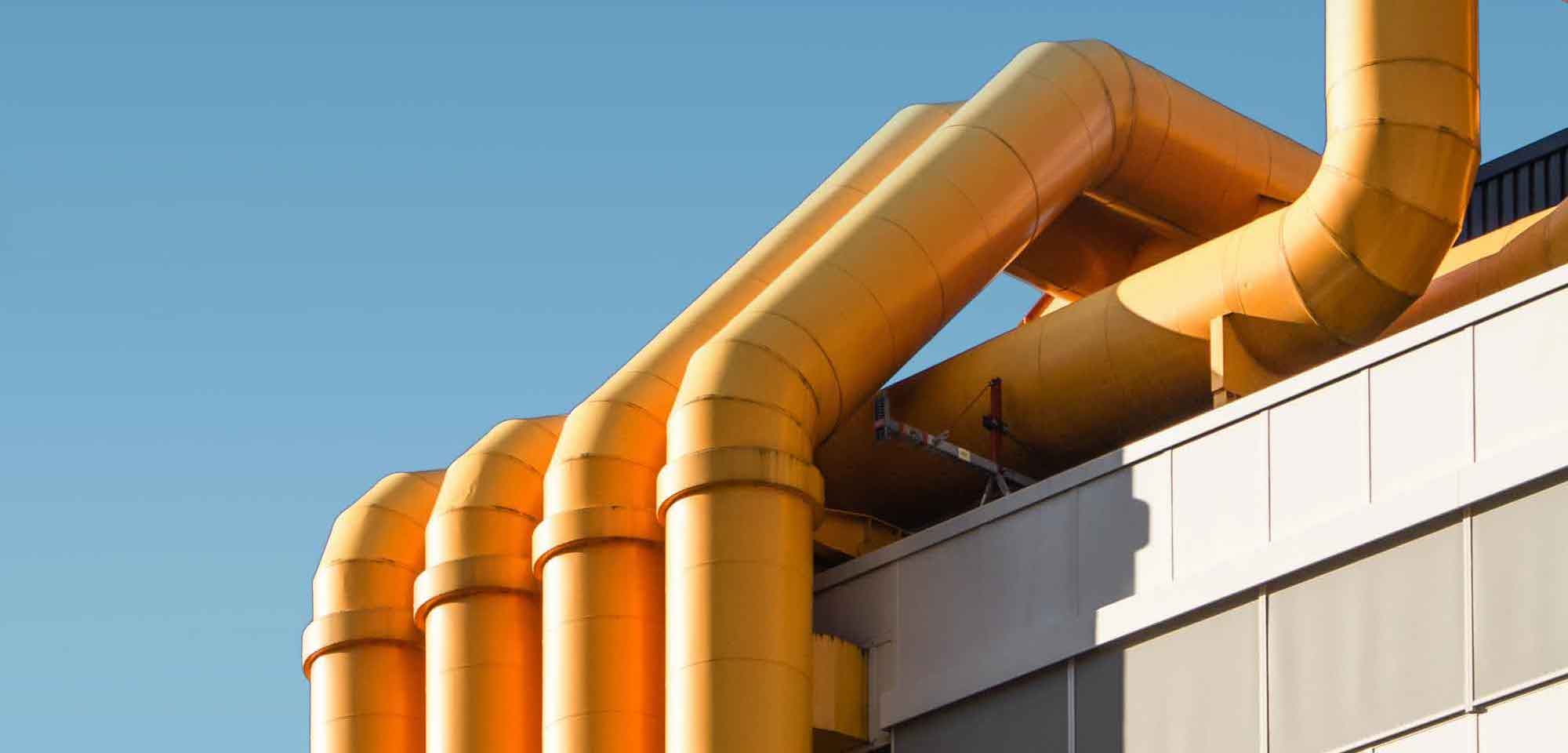The innovative network NEFI – New Energy for Industry1 brings together technology providers, industry representatives, scientists, politicians and members of the public with the aim of showing through their joint efforts how Austria’s manufacturing and energy-intensive industry can be decarbonised by 2025. NEFI grew out of a consortium made up of the AIT Austrian Institute of Technology, the University of Leoben, OÖ Energiespar–verband und OÖ Wirtschaftsagentur Business Upper Austria and now includes around 80 companies, 14 research institutions and 7 institutional partners. All sectors, including the food, mechanical engineering, plastics, cement and steel industries, are represented in the network by members ranging from major leading companies to innovative SMEs. Upper Austria and Styria, two states with strong industry, are supporting the programme. The partners are developing numerous projects, putting new technologies into practice and getting them market-ready in an open innovation process.

Models and scenarios that light the way towards the complete decarbonisation of Austrian industry are being formulated as an aid to political and industry decision-making as part of the NEFI_Lab2. The scenarios developed indicate where projects could be placed within Austria’s industry landscape and highlight the infrastructure and framework conditions that will be necessary to supply Austria’s industry with up to 100% renewable energy.

Developing three scenarios
Das The “Business as Usual” scenario serves as a benchmark for assessing the effectiveness of innovative technologies and measures in the two transformation scenarios. The “Pathway of Industry” (POI) scenario focuses on close dialogue between the industry partners, who are to provide their own assessment of their development in the years until 2030. This estimate can then be used to extrapolate the trend to 2050 using technologies that will become available in the short to medium term. The “Zero Emission” (ZEM) scenario is based on so-called backcasting from the target of carbon-neutrality by 2050. Taking this vision for the future as the starting point, the scenario reveals what transformation Austrian industry would need to undergo on a normative level so that it can reach this goal by 2050. The results of the analyses have been presented for all sectors of Austrian industry, including iron- and steelmaking, quarrying and glassmaking, paper and printing, chemicals and petrochemicals, and mechanical engineering.3 The analyses show that corresponding measures in industry will only become effective if enough renewable energy sources can be guaranteed to be available. If Austrian industry is to be completely decarbonised, investment in innovative technologies and processes and the switch to renewable energy sources have to start right away. This will require suitable framework conditions that allow industrial companies to plan with confidence.
www.nefi.at

PROJECTION FOR 2050 IN 3 SCENARIOS
Quantifying technology-driven transformation scenarios
BAU: “Business as Usual” scenario – current trends continue
POI: “Pathway of Industry” scenario – based on industry’s own estimates
ZEM: “Zero Emission” scenario – backcasting from the assumption of net-zero greenhouse gas emissions in 2050
1 NEFI – New Energy for Industry forms part of the Climate and Energy Fund’s “Flagship Region Energy” programme.
2 The NEFI_Lab involves experts from the Chair of Energy Network Technology at the University of Leoben (lead), the AIT Austrian Institute of Technology and representatives of leading Austrian companies all working together.
3 The “TransformIndustry” project (AIT Austrian Institute of Technology GmbH, Austrian Energy Agency, University of Leoben/Chair of Energy Network Technology, Energy Institute at JKU Linz) is currently working on more scenario-based transformation pathways for making Austria’s industry climate-neutral by 2040.
4 Sejkora et al., „Exergy as Criteria for Efficient Energy Systems – A Spatially Resolved Comparison of the Current Exergy Consumption, the Current Useful Exery Demand and Renewable Exergy Potential“, Energies, 2020
5 Environment Agency Austria, “National Inventory Report 2021”
6 www.nefi.at/nefi_lab/
